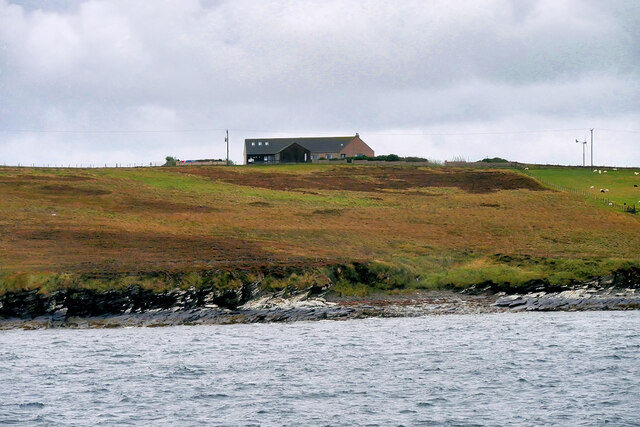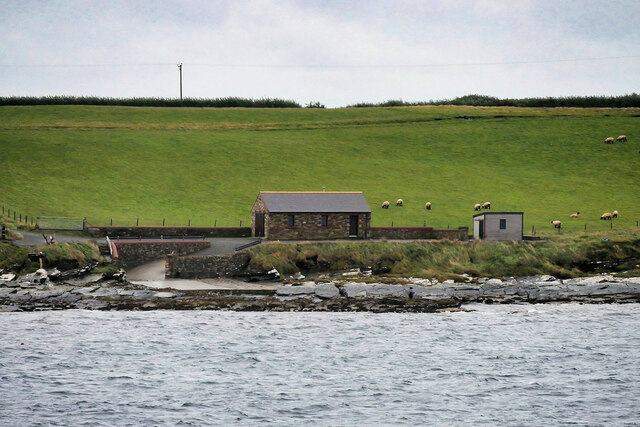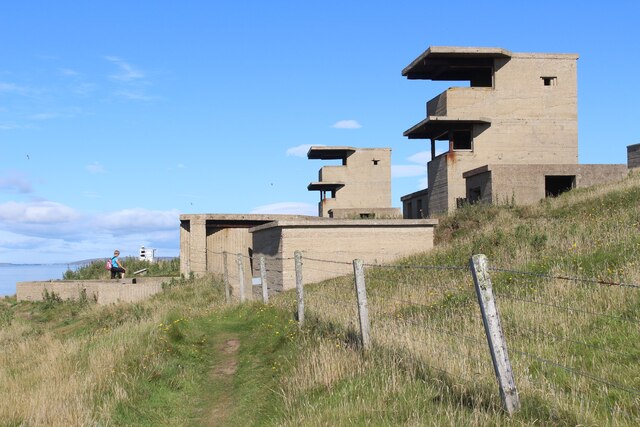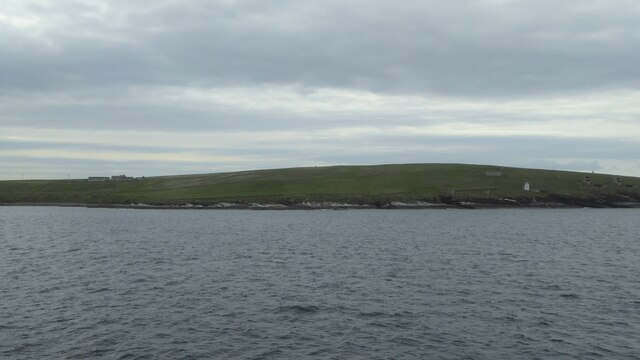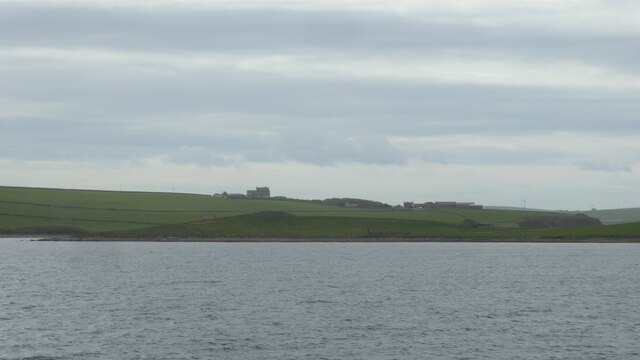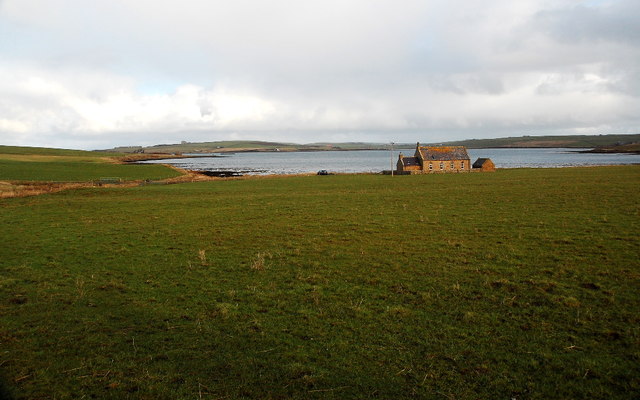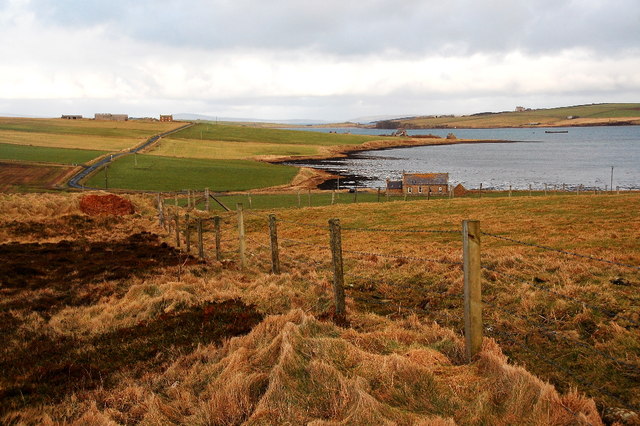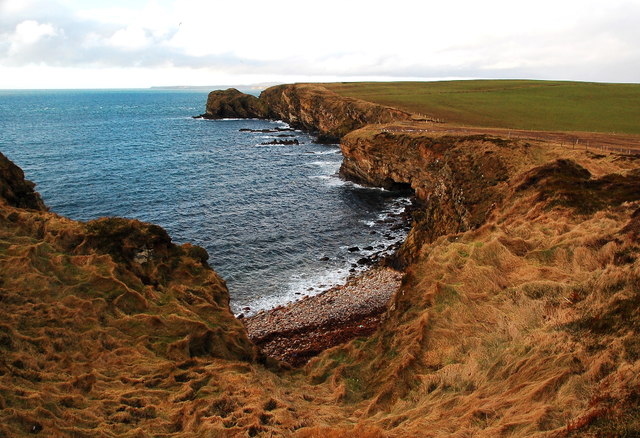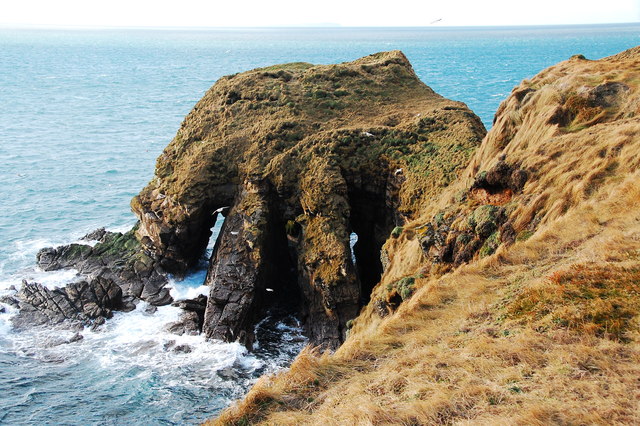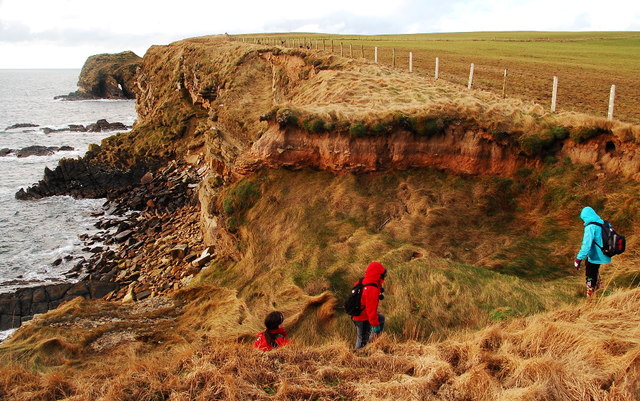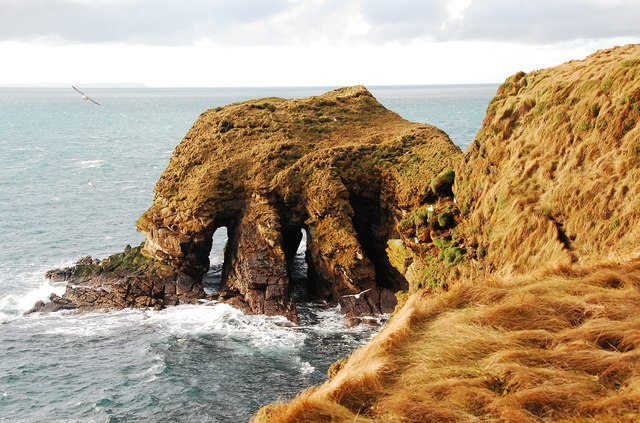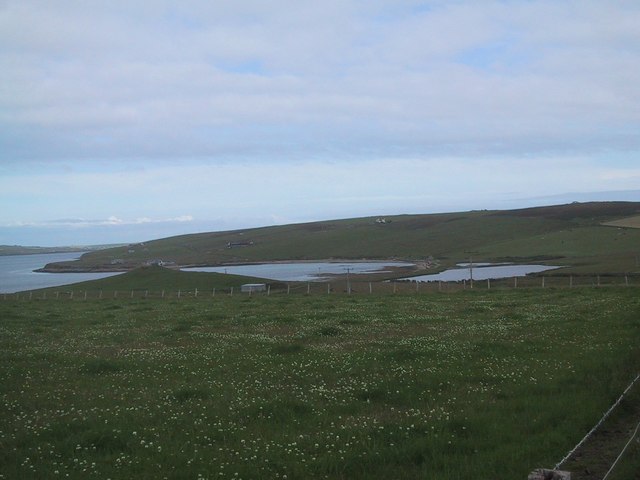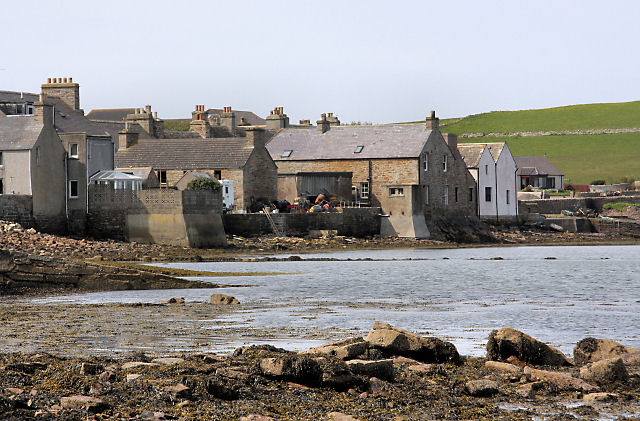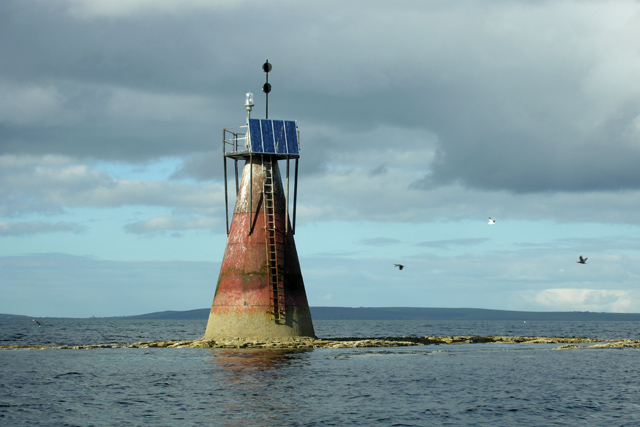Sand Geo
Coastal Feature, Headland, Point in Orkney
Scotland
Sand Geo
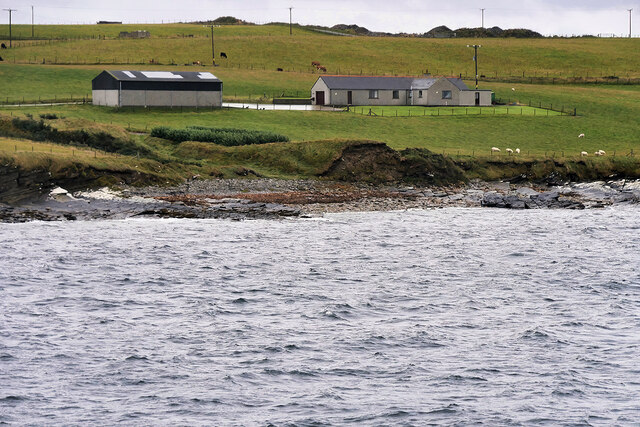
Sand Geo is a prominent coastal feature located on the mainland of Orkney, an archipelago in northern Scotland. It is classified as a headland or point due to its distinctive landform jutting out into the North Atlantic Ocean. The geo is situated on the eastern coast of Orkney, near the village of Sandwick.
Sand Geo is characterized by its sandy beach, which stretches for a considerable distance along the shoreline. The beach is composed of fine-grained sand, creating a picturesque and inviting setting for visitors. The sand is often golden in color, contrasting with the surrounding rugged cliffs and rocky outcrops.
The headland offers stunning panoramic views of the ocean, with the vast expanse of water stretching out to the horizon. The area is also known for its rich biodiversity, attracting a variety of bird species, including gulls, fulmars, and cormorants. Seals can often be spotted lounging on the rocks that surround the geo.
Due to its unique geographical features and natural beauty, Sand Geo is a popular destination for both locals and tourists alike. The beach provides opportunities for recreational activities, such as swimming, sunbathing, and beachcombing. The headland also serves as a starting point for coastal walks and hikes, allowing visitors to explore the surrounding coastal landscape and observe the diverse marine life.
Overall, Sand Geo stands as a captivating coastal feature in Orkney, offering a blend of stunning scenery, sandy beaches, and abundant wildlife for all who venture to its shores.
If you have any feedback on the listing, please let us know in the comments section below.
Sand Geo Images
Images are sourced within 2km of 58.813736/-3.0116176 or Grid Reference ND4192. Thanks to Geograph Open Source API. All images are credited.
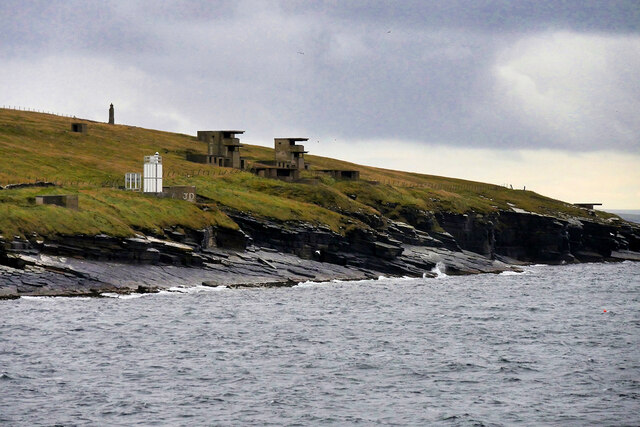
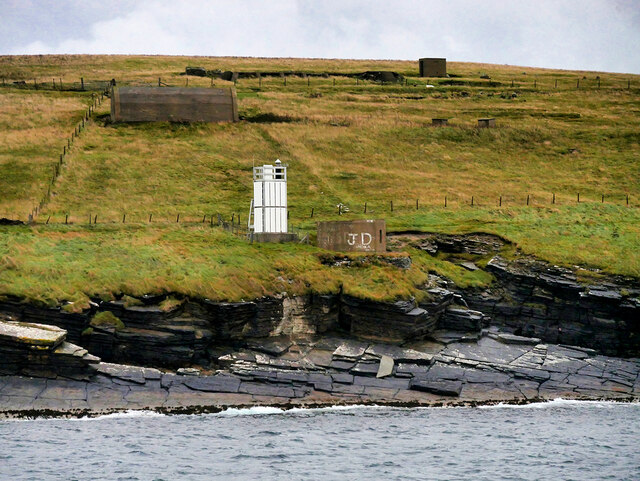
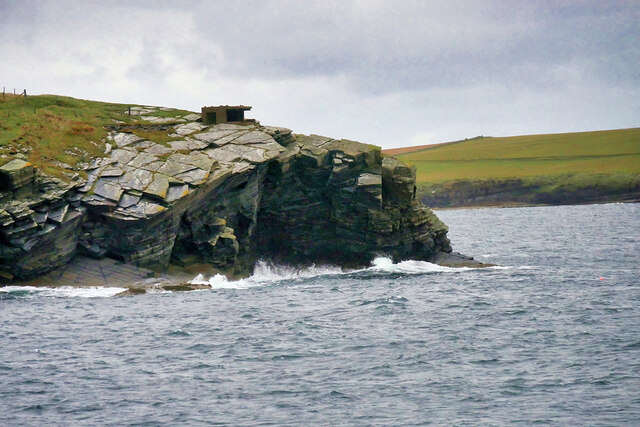
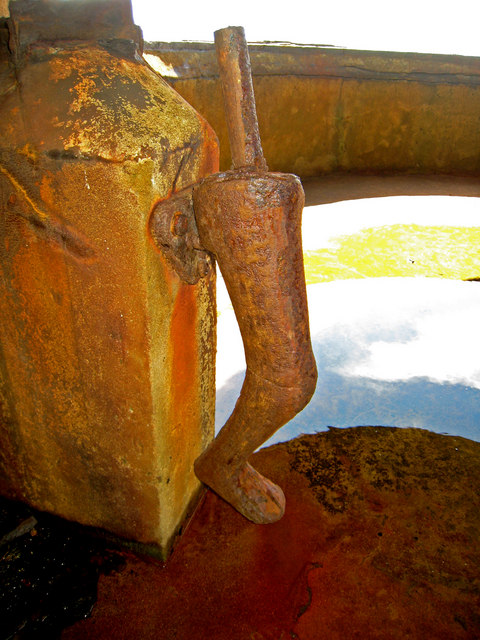
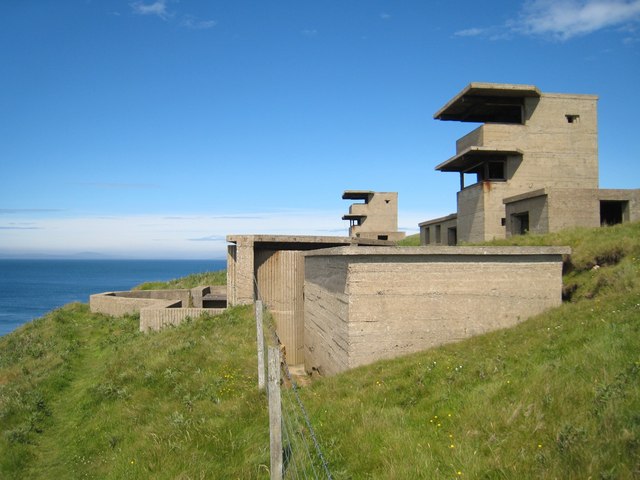
Sand Geo is located at Grid Ref: ND4192 (Lat: 58.813736, Lng: -3.0116176)
Unitary Authority: Orkney Islands
Police Authority: Highlands and Islands
What 3 Words
///harps.shower.croutons. Near St Margaret's Hope, Orkney Islands
Nearby Locations
Related Wikis
Herston, Orkney
Herston is a village on South Ronaldsay, Orkney, Scotland, United Kingdom. Herston is historically a fishing village but its only industry to speak of...
Hoxa, Orkney
Hoxa is a small settlement on the island of South Ronaldsay in the Orkney Islands north of mainland Scotland. Hoxa is located 1+1⁄4 miles (2.0 km) west...
St Margaret's Hope
St Margaret's Hope is a village in the Orkney Islands, off the north coast of Scotland. It is known locally as The Hope or The Hup. With a population...
Nevi Skerry
Nevi Skerry is a skerry situated in Scapa Flow in the Orkney Islands. The skerry is situated approximately 1 km (0.62 mi) east of Flotta and approximately...
South Ronaldsay
South Ronaldsay (, also , Scots: Sooth Ronalshee) is one of the Orkney Islands off the north coast of Scotland. It is linked to the Orkney Mainland by...
Hunda
Hunda is an uninhabited island in the Orkney archipelago in Scotland. It is 100 hectares (0.39 sq mi) in extent and rises to 42 metres (138 ft) above sea...
Whome
Whome is the largest settlement on the Orkney island of Flotta, Scotland. The village is situated on the B9046, the main road across Flotta. Views from...
Switha
Switha is a small uninhabited island towards the south of Orkney, Scotland, approximately 41 hectares in area. == Geography and geology == Switha lies...
Nearby Amenities
Located within 500m of 58.813736,-3.0116176Have you been to Sand Geo?
Leave your review of Sand Geo below (or comments, questions and feedback).
